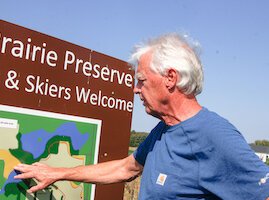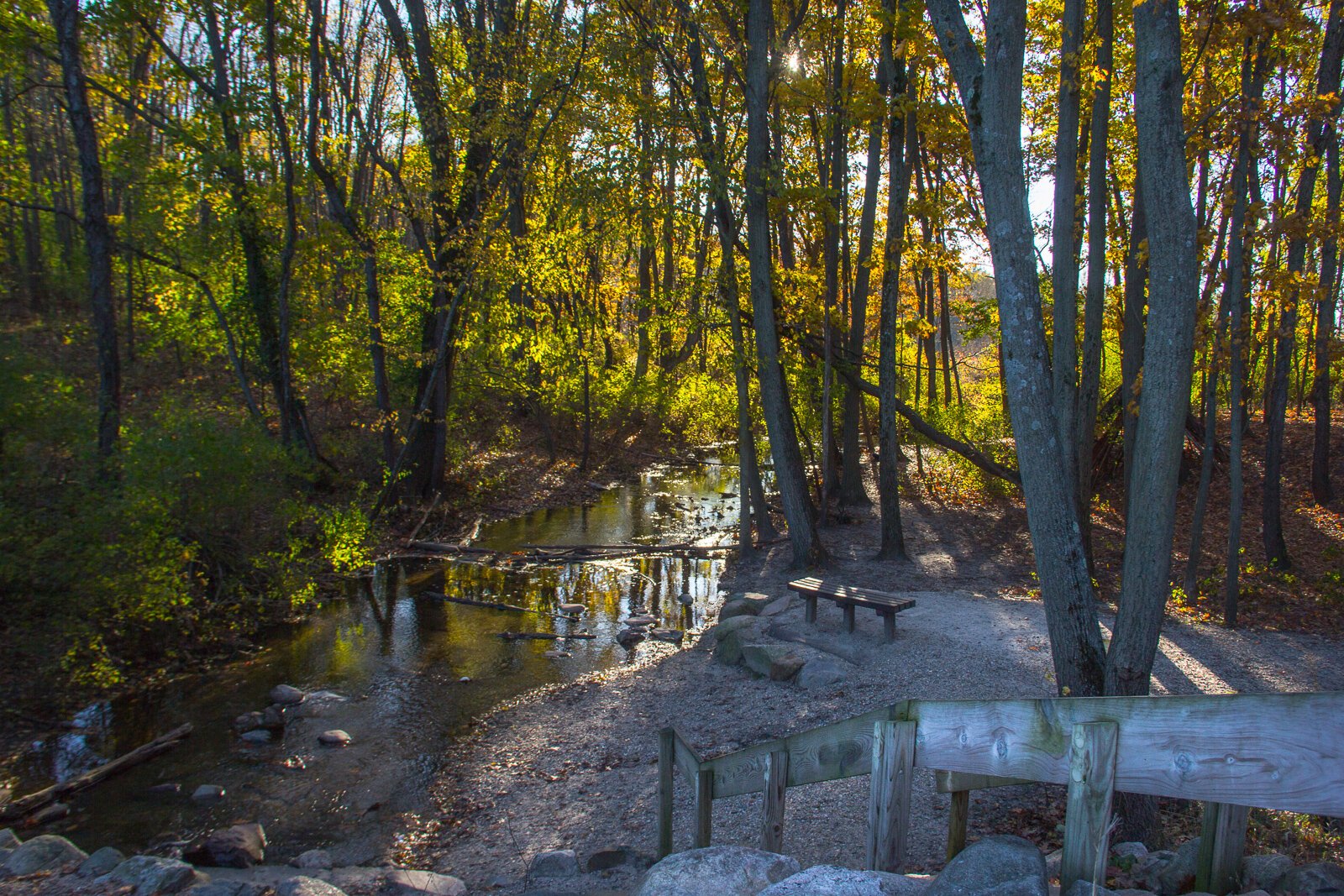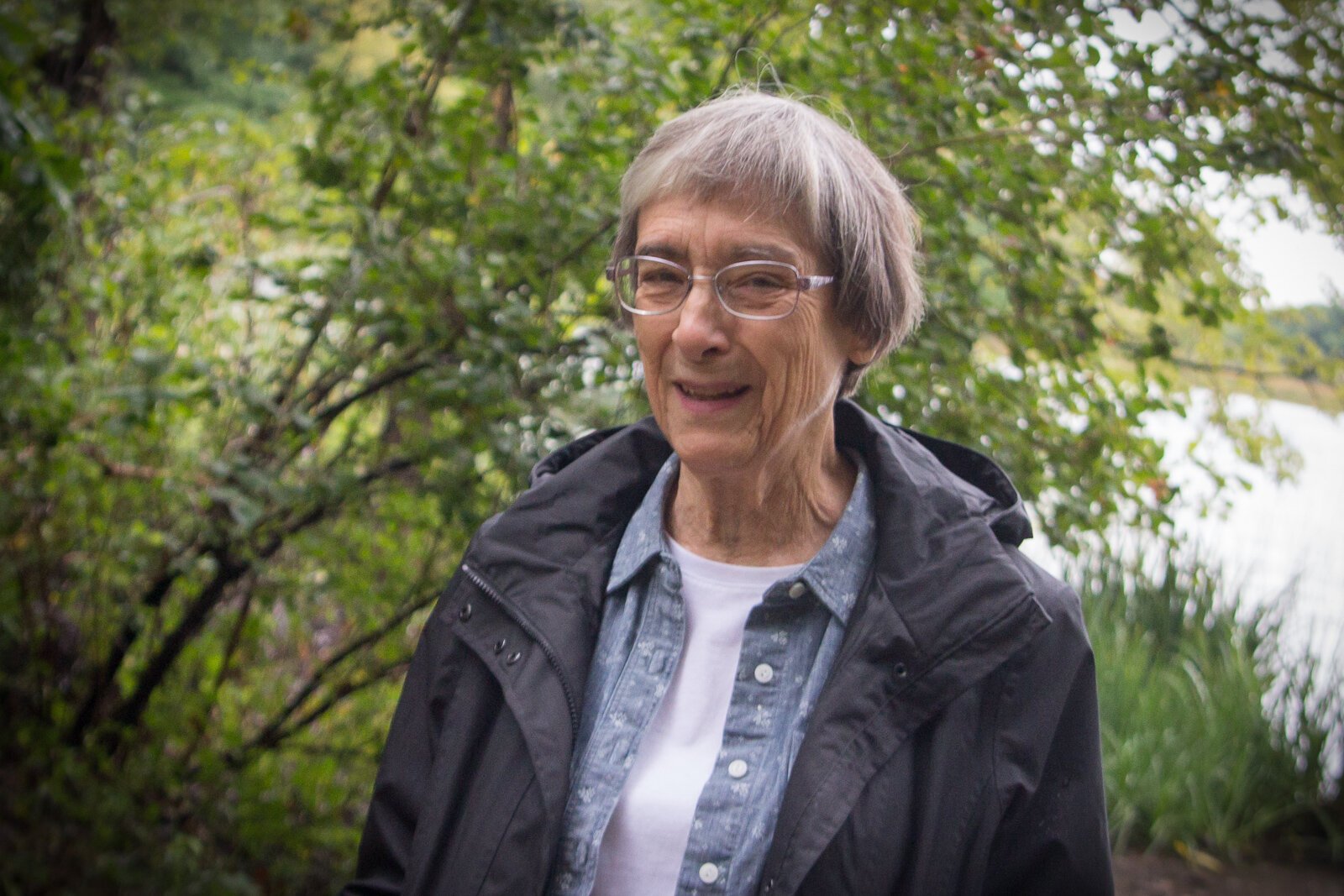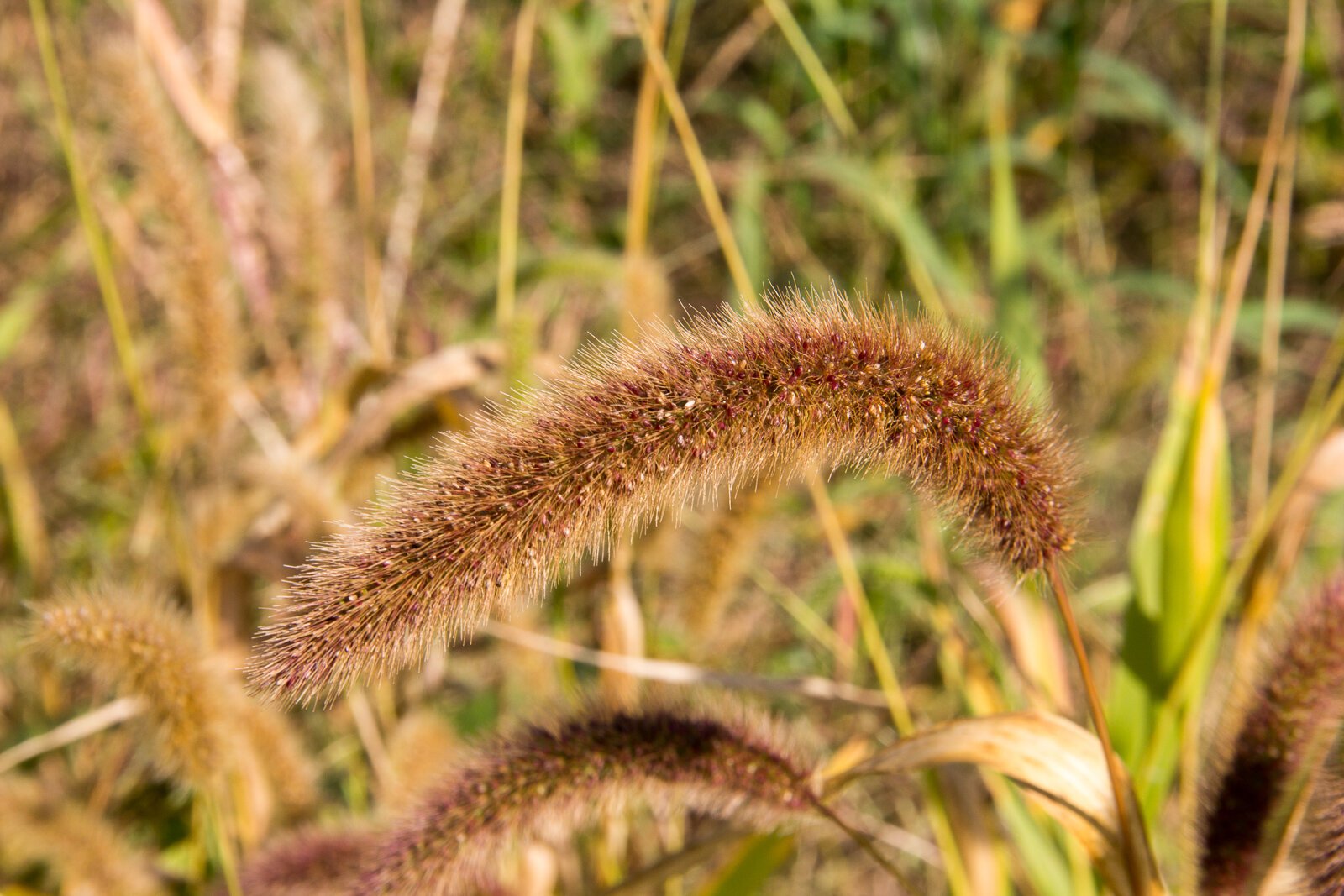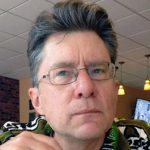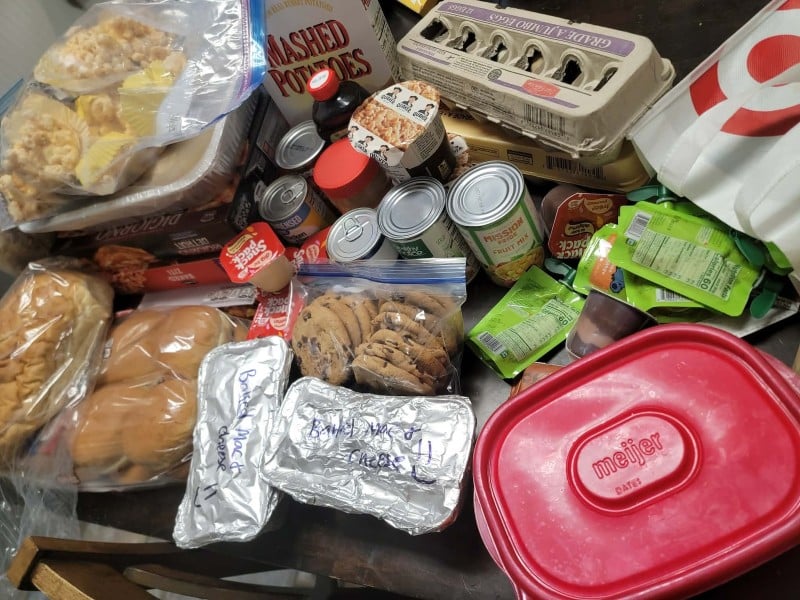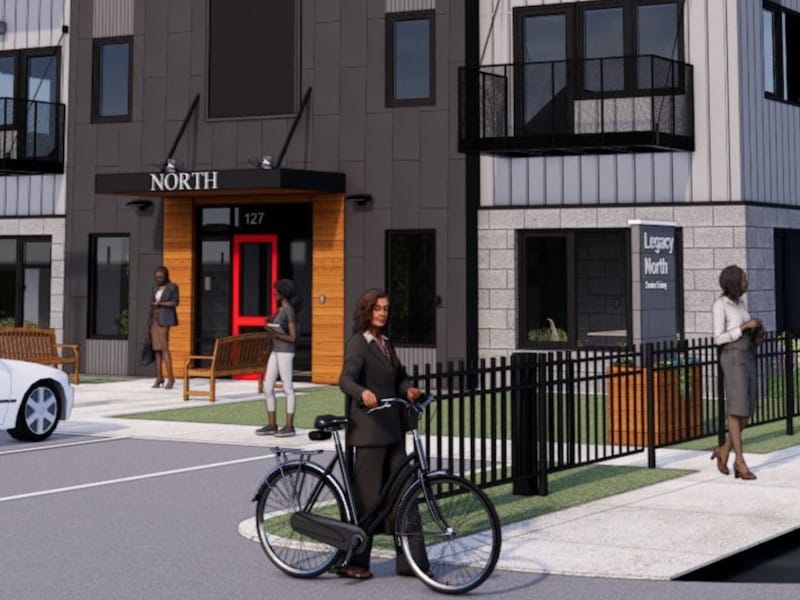This is the second part in a series of discussions between people working on issues affecting both rural and urban Kalamazoo County.
Editor’s note: Second Wave is holding discussions between people working on issues affecting both rural and urban Kalamazoo County. This is the second part in the series and focuses on the challenges of assuring there are green spaces in urban and rural communities.
Multiple choice: Where would you like to take a stroll to find peace of mind?
A: The parking lot of a big-box store.
B: A city park.
C: The sidewalk on a busy road lined with gas stations, fast-food franchises, and strip malls.
D: A wild area preserve.
E: A gravel pit.
F: A multi-use trail/greenway.
Land is very valuable for commercial uses. Also, for our sanity’s and our environment’s sake, land can be very precious indeed.
In the City of Kalamazoo, where parkland makes up 4 percent of the city’s 25.11 square miles, it’s been a struggle to find green space on land that’s in-demand. Some of this land has been used and abused since Kalamazoo’s paper-making heyday — like the Allied Paper brownfield of Edison, which once layers of toxic soil are dealt with, the city plans a wild prairie, trail, and a clean Portage Creek.
Other spaces, like the Asylum Lake Preserve, have successfully stayed wild yet face pressures of increased development around their borders.
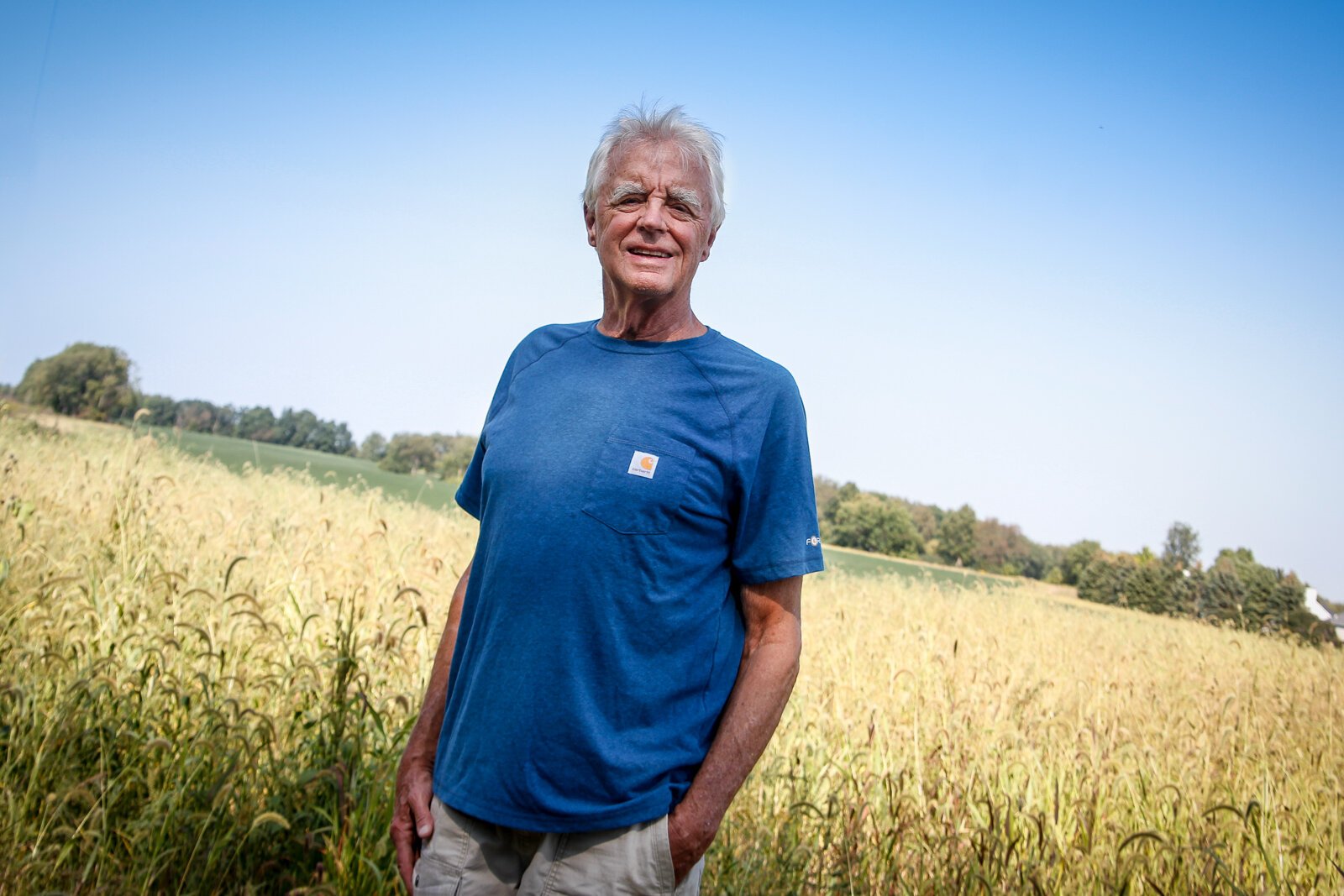
In rural areas, residents often have the privilege of having large green spaces just outside of their back doors. Yet countrysides are seeing large developments of new $300,000 houses popping up on cul-de-sacs. Open-pit gravel mines also threaten to eat up the land.
To see how the protection of Kalamazoo’s wilder spaces is going, we arranged an online meeting with people who’ve been working to protect and increase the amount of green space in both urban and rural Kalamazoo County:
Jamie McCarthy, Sustainable Development Coordinator for the City of Kalamazoo, who oversees brownfield development and the Natural Features Plan.
Lauri Holmes, Asylum Lake Preservation Association board co-chair.
David Rachowicz, Director of Kalamazoo County Parks and Expo Center.
Robert Brinkerhoff, who spearheaded a 14-year effort to establish the 160-acre Gull Prairie Preserve in Richland.
Hilary Hunt, Director of Land Protection, Southwest Michigan Land Conservancy. The SMLC covers the nine counties of southwest Michigan and protects over 17,000 acres.
They began sharing ideas amongst themselves, and we got to listen in.
The discussion was edited for clarity and length.

Second Wave: Why are green spaces, wild spaces, needed for a community?
Holmes: “We just had the recent report from the U.N. climate panel, that the climate crisis is moving faster than we even thought, and unless action is taken some pretty disastrous consequences are going to occur…. “
“We have to start looking at nature as something not that we use and manipulate and use for our own purposes, but that is important in itself. We’ve had crashes in the population of insects, we’ve had crashes in populations of pollinators, and that’s just one sign of what’s going to happen if we don’t increase our green space and give a better place to nature.”
SW: President Biden’s 30 by 30 goal — to protect 30 percent of the U.S.’s natural spaces by 2030 — leads us to ask, is there 30 percent of Kalamazoo County that we can preserve?
Hunt: “We are actually very close to 30 percent of the land area of Michigan protected. Mostly due to the Huron-Manistee National Forests and a bunch of the land in the UP. In southwest Michigan, it is a slightly less percentage, and then southeast Michigan is even lower percentage because it’s much more urbanized.”
“(In southwest Michigan) we have the Barry State Game Area, the Allegan State Game Area, really large contiguous tracts of productive land. So we are close (to 30 percent)…. Not anywhere near northwest Michigan, which is the champion, but we’ve got a ways to go. We need people to keep sending us those 500,000-acre properties our way to get there (laughs).”
SW: How do we get that land?
Brinkerhoff: “I guess we just did it. It was a matter of finding people who shared the same mindset that it was worth doing, and the right people…. It was a matter of getting three or four people together to think, okay, let’s try it…”
“We talked to Allen Edwin (Allen Edwin Homes, housing developers who planned to build 500 houses on the land). We talked to the farmer who eventually optioned the property. It takes a long time, but I think a small group of committed people can move forward. And then we were very fortunate to have a donor (Richland area resident Kate Miller) who could afford to purchase the property. It’s a real grassroots effort to get interested people together and energized about it.”
Holmes: “And it took how long?”
Brinkerhoff: “The first meeting with Allen Edwin was 14 years ago.”
Holmes: “Wow!”
Brinkerhoff: “I sat down and talked to them about it, so it took that long. It really jumped the last three years when we found a donor who was willing to buy it, and then we could really get moving. It was all just talk up until then.”
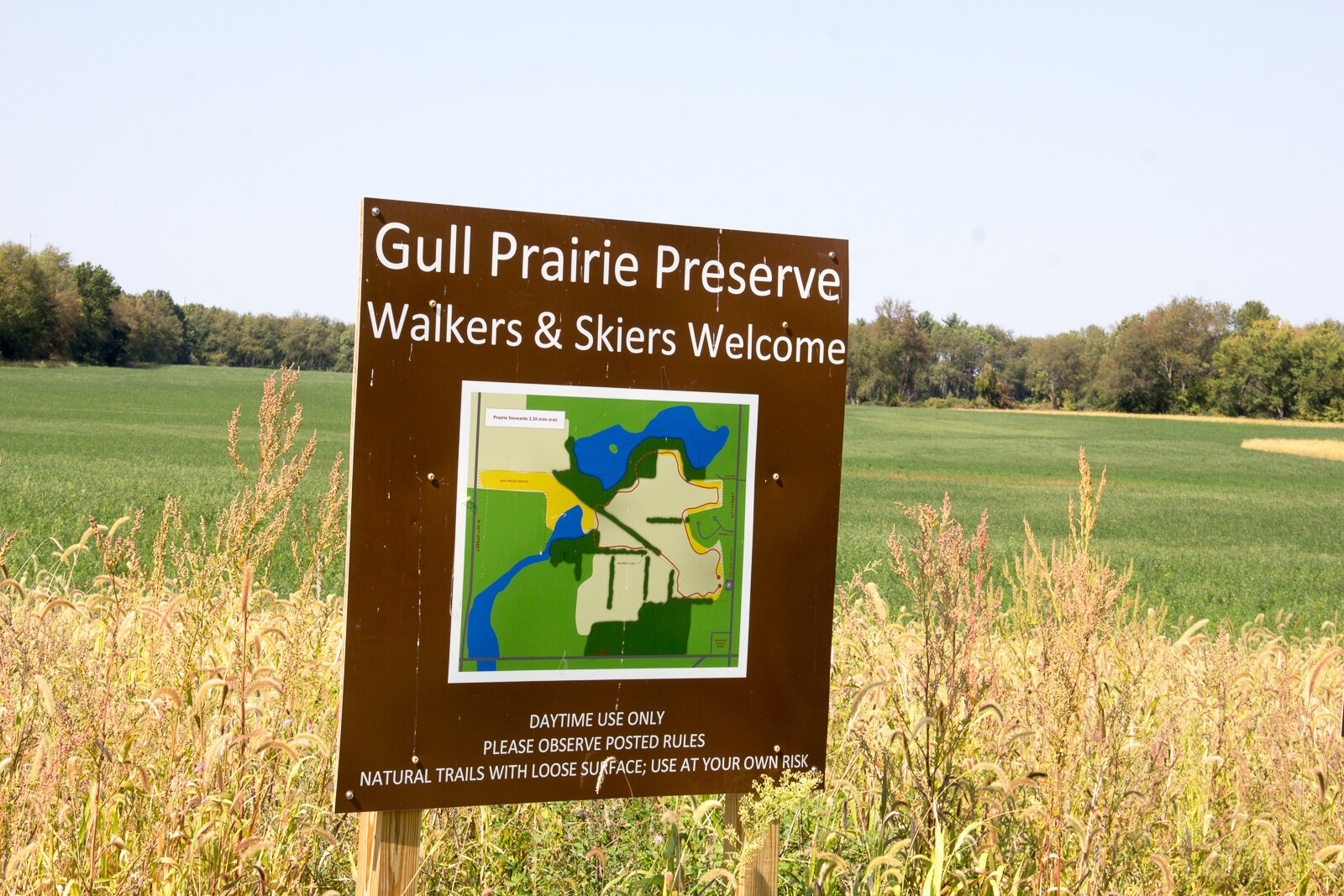
SW: It all could be just talk until you find that person with the money to put up to buy that land. Is there any other way to get the land?
Brinkerhoff: “I don’t know how it works in Kalamazoo, but I visited Martha’s Vineyard once a long time back, and I know they put a tax on every land transaction. That money goes towards a conservancy like Southwest Michigan Land Conservancy. They raise money that way, it’s a small tax on every property sale or acquisition. And it’s a set-aside fund.”
Hunt: “That’s actually a fairly common model in some parts of the country. Actually, Leelanau Peninsula, and I think Grand Traverse as well, has done some kind of work like that. As I mentioned, northwest Michigan (has more green space than south Michigan). They have created ballot measures… to actually fund that.”
“Like Rob said, if you don’t have that one large donor, you’re going to be crowdfunding for 15 years. So we could make a different type of donor, which would be public.”
Brinkerhoff: “I don’t know what it takes to get one of those going, but it just strikes me that that’s a great way to do it. It’s public money, and that way everybody’s got a stake in it as well.”
SW: Politically, is it possible in Kalamazoo to raise funds for land conservation through a tax?
Rachowicz: “I think one of the challenges in the county or the region is all of the different pressures for those public dollars. You’re basically competing with public transit, housing projects, there are so many things on the table right now. Politically, there has to be a will to do it….”
“One of the bigger challenges is that we have all these immediate issues that have to be resolved, and those take priority over the longer-term vision. I know the City of Kalamazoo (has been working on preserving green space), I’ve been really interested in seeing the work that they’ve been doing on more of a long-term planning, but I think county-wide I haven’t been seeing that happening yet.”
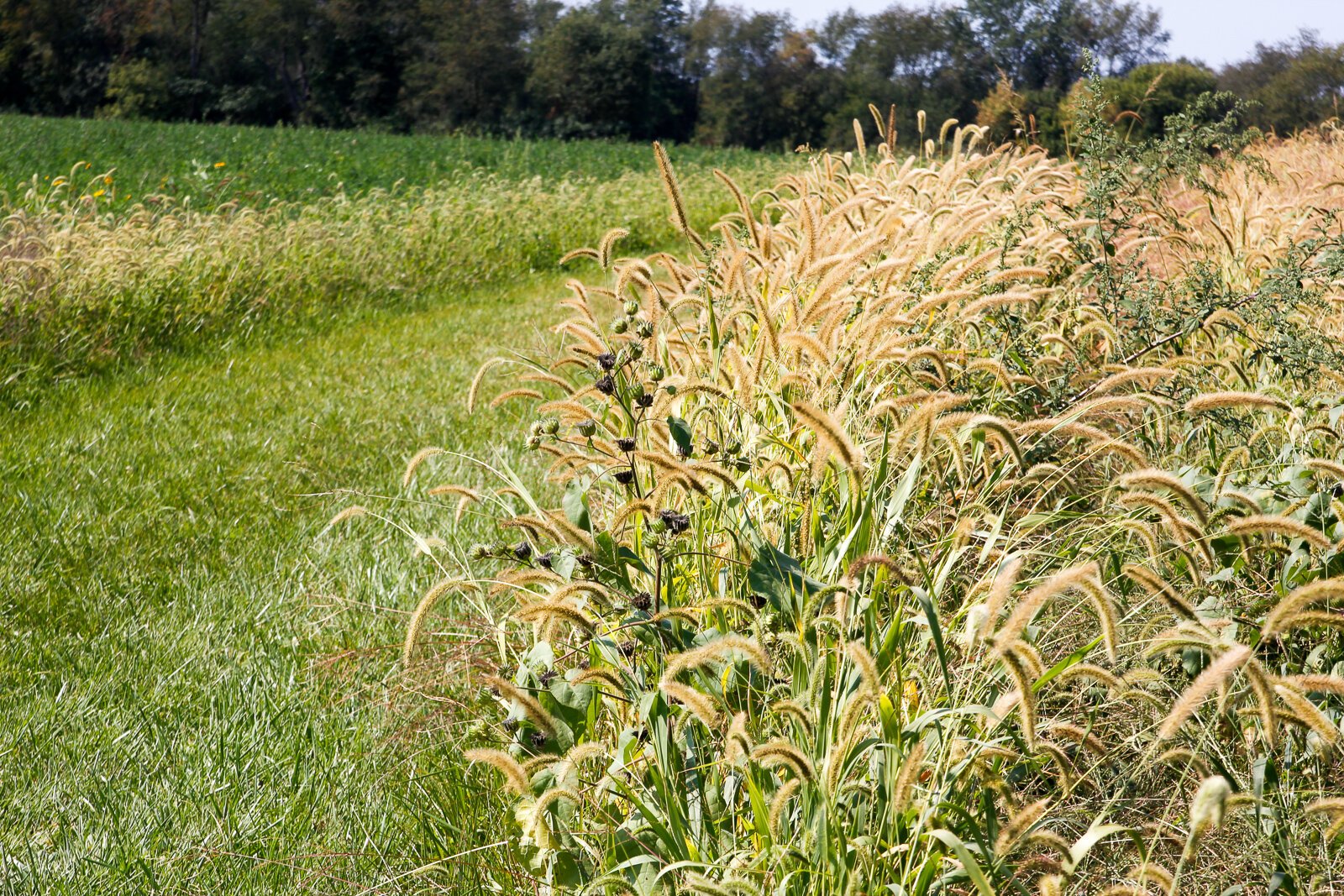
Brinkerhoff: “As you mention, there is competition for those public dollars, and they’re very visible because they come in the form of tax assessments, they come in the form of public taxes. But it seems to me that a land transaction is sort of a stealth method of getting some of this money in place.”
“I have no idea what kind of a percentage that it’d take. I wonder if we could find out, in a year, what’s the value of all the land transactions that took place in a certain area? Get a feel for what that is in terms of dollars.”
Rachowicz: “We’re talking about public dollars — I think there’s a real shift (of priorities) on the private side as well. So in the last, I would say, five years, there’s been a shift away of those private dollars towards these types of (conservation) projects, more towards basic-need projects. Look at the types of projects the (Kalamazoo) Community Foundation has been funding, even the grants that they’ll accept. I think there used to be more private donors available on the conservation side than what we’ve seen in the last few years. It’s more of a challenge to raise money privately.”
Everyone: Sounds of agreement.
Holmes: “Interesting. One of the things that interested me in what you were saying, Hilary, about how much of Michigan’s land is green…. How densely populated are the areas where those green spaces are, and how accessible are they to people? Because we have vast areas north and west that are green, but to get to them, to enjoy them, to take advantage of them, I mean — granted, they are atmosphere for our lungs, eventually, but that is not really going to help somebody who lives in a crowded city or even a megalopolis like we have around Detroit.”
Hunt: “That’s so true. I think they provide different benefits, right?… Asylum Lake, a perfect example of an urban nature preserve that provides a lot of great biodiversity benefit, not necessarily like a landscape-level player for wildlife, but the populations that are on that property are really impressive for the size of the property….”

“One of the big pieces of conservation right now… are conservation corridors and connectivity …. Different species have different requirements for what connectivity means. Not everyone can fly. Some of us crawl, some of us disperse through water, so connectivity from protected areas to others is a really important thing that small isolated nature preserves can’t provide unless they have some type of corridor, a river or underpass, to another protected property.”
“(But large areas of preserved places) are not accessible for most people. They’re not on a bus route, you can’t get to them in a wheelchair, you can’t get to them after school with your kids. We operate Bow in the Clouds. And other nature preserves (that are accessible) like Asylum Lake, like Kleinstuck, Those are really important, too, because people need to have a place for the many reasons why we completely depend on those natural areas…. it cannot be separated from our needs as people.”
McCarthy: “When the city was updating their Master Plan and doing their community engagement, residents had a lot of different definitions of what green space was to them…. We found that residents… were looking for green spaces that were located within a quarter-of-a-mile from where they live, a five-minute walk.”
So it makes sense in an urban center that (green space) is going to be a little bit everywhere and kind of scattered, and it’s going to be everything from established and formal recreation facilities to pocket parks, and it might have more-minimal wildlife value, but it certainly serves the community in an important way.
“That’s why the city focused more on policy tools and more sustainable development practices, knowing that we’ll see development in the city and we’ll need development in the city. And by re-using properties like through the brownfield program that I work on, we can focus that development in the centers hopefully helping preserve and protect other areas outside of the city. But that can serve as a way to… have natural features throughout a city that aren’t necessarily a wildlife benefit or value, but serves other needs.”
SW: Taking a toxic brownfield, like the old Allied Paper property, in a densely populated neighborhood like Edison — how does one turn it into something residents can enjoy?
McCarthy: “That gets more into the restoration realm, more so than land protection. But that certainly is one of those tools to regain or reclaim some of that green space…”
“The Allied landfill site is an interesting one where if you fence it off and leave it alone long enough, it restores itself to some type of green space over time. And definitely with the remediation that’s just starting there now, and future planning, there’s a desire to keep or restore some of that green space.”

“There’s going to be a whole lot of impact while it’s being dug up and hotspots are being removed. That site’s going to have a lot more nature removed before it’s all cleaned up, but there are plans where we’re hoping to see more wetlands restored in that area, and gaining floodplain storage…. I’m sure Hillary can speak to the amount of investment that it takes to restore areas versus the probably somewhat comparably lower cost per unit when you’re protecting something….”
Hunt: “The answer is, it’s always way more than you expect. I have this rule that everything in land protection takes three times longer than you think it will. So when you say, ‘we’ll get there in a year,’ it’s three….”
“(Restoration projects involve) the site selection, preparation, the grants to do the actual acquiring of the seed, renting the equipment, getting the contractors, etc. It can really be prohibitive for a small organization. We have not done a brownfield restoration at the SWMLC so I don’t have a super-informed opinion on that, but in terms of restoration, it is of course cheaper, more cost-effective, to acquire already intact natural properties if you’re going to use it as a nature preserve.
“But it’s important to do the reclamation of the kind of lands that have already seen some type of development or pollution, what have you… We see reclamation of fallow farmland or something like that…”
SW: What does it take to restore land that’s been farmed for decades, for example?
Brinkerhoff: “The vision (for Gull Prairie) was, ‘Oh, we’ll restore it to prairie.’ But we realized that’s going to be a long process, at least five years, maybe more. And we’re fortunate in that we have a farmer who’s very interested in working with us and is happy to give up tillable land. We use his equipment to plant prairie when we get a grant for some seeds, and we take a little bit more of the land out of alfalfa production and plant it for pollinators and prairie.”
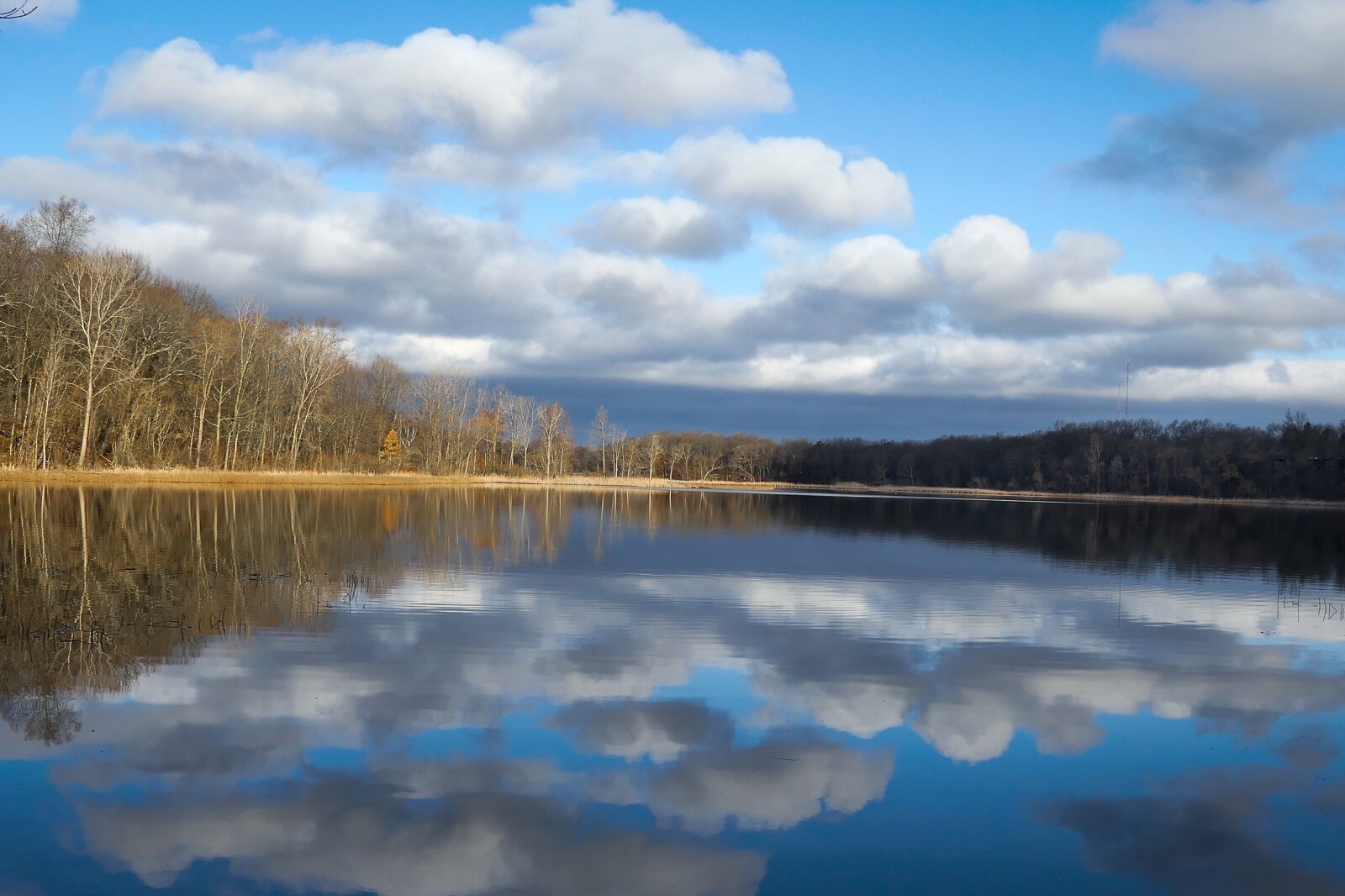
Holmes: “Even when you have green land in the city, those are the places that developers think of as territory where they can build stuff. And then you have the struggle about a tax base — is this open space bringing in any money for the city? No. Not to speak of. And that’s a big struggle for the urban area.
“It kind of parallels what you’re saying, Rob. How is this land valuable? I guess what you have to do is persuade enough people that a natural area, a prairie, a woods, whatever, is valuable even though it doesn’t have the dollar signs attached to it that a farm or development has…. What is the value of a tree? And Jamie, you’ve been involved in that with the Natural Features Protection work, and I have to say, you’ve done a wonderful job at making people understand there is value (in green spaces) and it even can be compatible with development.”
Rachowicz: “I’ve seen recently on the national news, comparing African American neighborhoods, which can be a number of degrees hotter, with white neighborhoods, because of (lack of) tree cover. That’s killing people.”
SW: How do we sell this to our local governments and voters, that green land is valuable?
McCarthy: “With at least the Kalamazoo city commission, I don’t think that there’s any doubt there’s value in green space with anyone sitting at the dais… It just becomes challenging certainly from that tax base perspective… you need to have a tax base there, that’s where the financing comes from.
“And so that’s a big paradigm shift to figure out how do we determine the value of some of these things. In an urban area, we have the benefit of zoning and… standards that require more thoughtful and more sustainable development, so that we’re not precluding development as an option. That the tax base is built up, and that we can save some of the nature around it. But it’s able to do things like mitigate heat island impacts. But it’s not necessarily saving large tracts of land to benefit larger wildlife….”
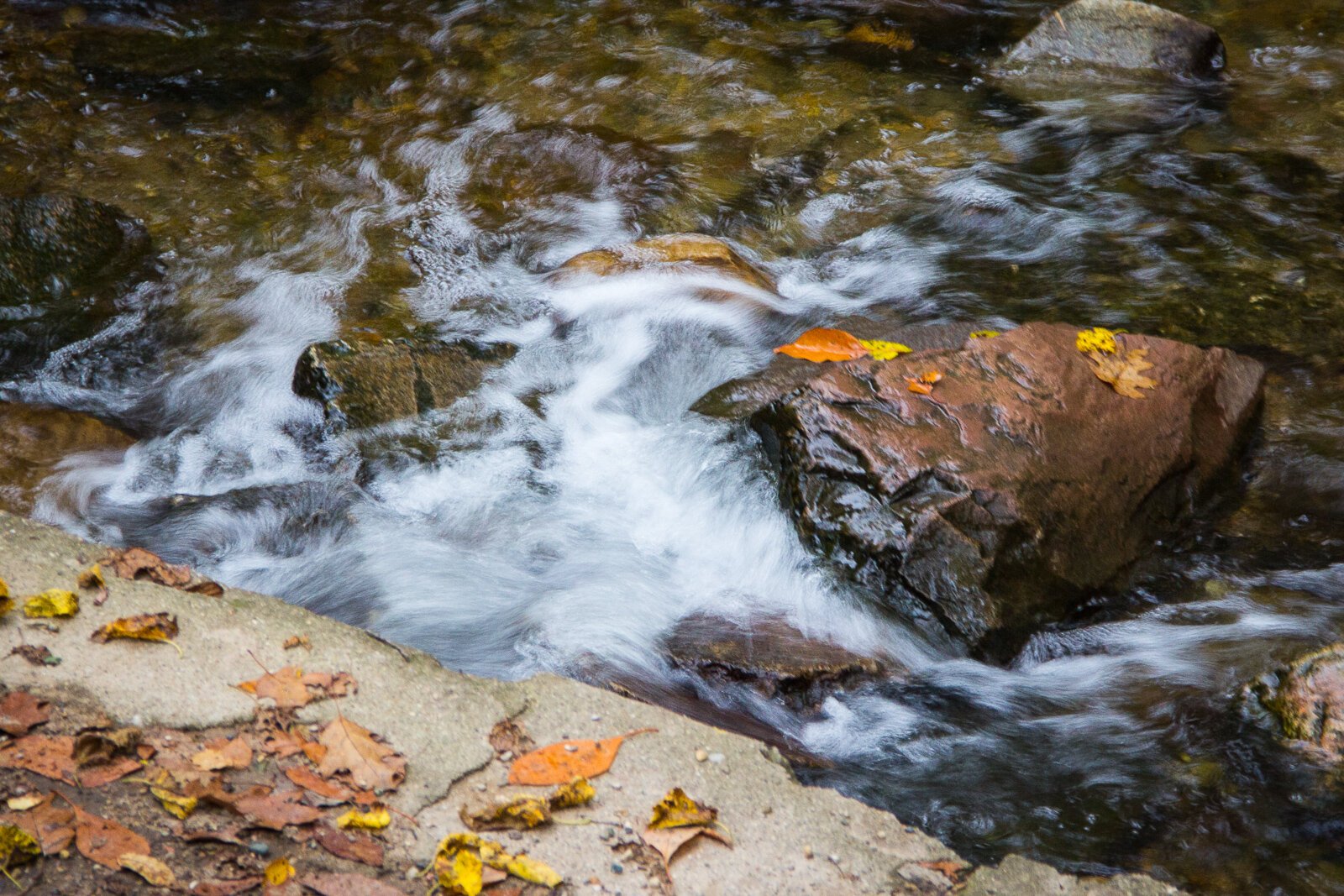
Brinkerhoff: “Clearly properties that are adjacent to a park have more value, more resale value than properties that are not. Are there studies that show that sort of economic value, like, if we put a park here we would raise property values three percent all around?”
McCarthy: “I’ve certainly seen various studies across the U.S. and Michigan that have done some of that work… We all know that waterfront property, being on that natural feature, has a higher taxable value…. And you can say the same about green open space and trees, though it doesn’t equate into the tax base or the taxable value in that explicit of a way, as waterfront does.
“But it’s interesting to think about (if homes around green space had a greater taxable value)…. And we have thought a little bit about as our Natural Features Protection Overlay District develops more or is in existence longer, we would have enough of a timeline to do some of those kinds of studies. We have a great resource with the Upjohn Institute that we could probably get some of that work done. But I don’t know if anything specific to Kalamazoo that’s been done recently.
Holmes: “Something else you hear about, maybe just anecdotally, is that people who maybe can be fluid in where they work, which seems to be happening more and more lately, will actually pick a community that has more respect for green spaces. And that might be another angle that could be investigated. It does really seem to have an impact on people who have a choice of where they live.”
SW: Local green space is an attraction for potential residents, we’ve heard. Communities like Portage create parks and trails because they attract new residents.
Holmes: “One of the things that seems to be coming out of the discussion from everyone is, this is a long process, a very, very long process….
“I think you need a certain amount of governmental or private willingness, and in Kalamazoo we have the NFP (Natural Features Protection)…. And then I think it’s really important to get a large population of people who are willing to come to the planning commission or the city or the county, state, wherever and say, ‘We value this. And at least we have a vote even if we don’t have a lot of money or land to offer.’ Those are the two elements that have repeatedly hit me in the face as I’ve been working on these issues.”
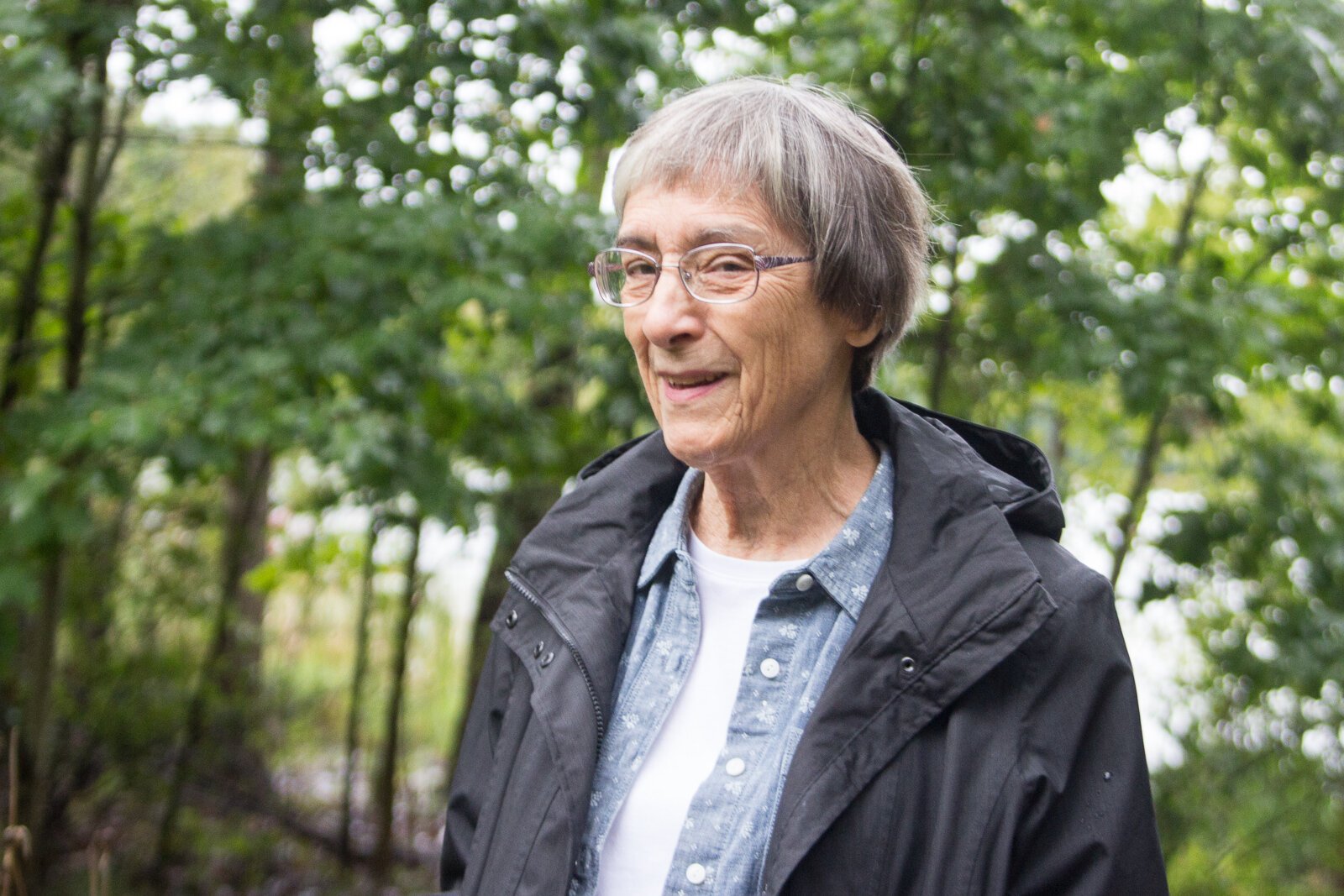
Hunt: “It was so heartening to see the calls come in for the NFP, Jamie. I was working, making dinner, and just kept it (the live stream of the city commission meeting) on in the background, hearing again and again somebody saying how much they love their natural areas, and it was just like chicken soup for the conservationist’s soul…. “
Holmes: “The NFP has also been just so heartening…. I remember a developer on the NFP board saying that developers are now beginning to get the message that one of the things they have to consider when they are developing something new is in fact natural features, and that’s become part of the picture. It’s like zoning — I mean it is zoning — and you have done such a great job in steering that in a direction where it’s not punitive or oppositional, but it’s not backing down, either. It’s heartening to see.”
SW: There are a lot of people in Kalamazoo who will fight for these spaces. They’ll sit through city commission meetings to get a chance to speak their minds at the podium. Do people in rural communities around the county, are there people willing to stand up and say, hey, we want this land protected and we don’t want another Dollar General here?
Hunt: “We see that all over southwest Michigan. I think the way that people mobilize in rural communities is different than in Kalamazoo and more dense populations. I think it’s a different philosophy. Usually, people have enough of their own land that they’re not really seeing those impacts right up close. A lot of people recreate on their own properties.”
“So it’s different, but I talk every day to someone upset at what’s happening…. There are all sorts of initiatives going on to both prevent development and to protect land, but I think with larger properties it’s usually about private people protecting private land rather than what we’re talking about, community mobilization to get together to put aside little bits. It’s just really different, the type of players that you really need in the rural settings.
“We often do conservation easements, which is a type of private land protection. It’s a deed restriction, they (property residents) keep living there, but there’s no development, no exploration of minerals, nothing that would upset the habitat on the surface, basically. And that as a tool is way more useful in rural settings because a lot of that habitat is already there, and you’re just trying to connect those pieces, buffer around existing nature preserves or the state game areas…. It’s a different goal. Not sending out newsletters and trying to mobilize the community, but working with individual people, following a watercourse or some other natural feature.”

SW: What kind of reaction did Richland area residents have to the Gull Prairie Preserve project?
Brinkerhoff: “Extremely positive, people loved the idea. I think people saw, 15 years ago, the plan that Allen Edwin brought forward to develop the land, to put 500 homes on it — which I knew was never going to happen, anyway, but that was enough to get people interested.”
“And the people (are concerned about plans for a) gravel pit here, too. I’m really worried — I don’t know where this state law is that was proposed that would take gravel pit decision rights away from municipalities, I don’t know if that’s getting passed or not. We had a lot of public support for this preserve and what we were trying to do.”
SW: What about the lower-income neighborhoods in Kalamazoo, Edison, Northside, also communities in rural areas with less money and less political power than others? They usually get the gravel pits or other developments that they don’t have the power to stop. It seems to take money, political power to say, this is what we want and don’t want. Are we off-base with this?
Brinkerhoff: “I think that’s absolutely correct. If you’re a gravel mine operator, you’re not going to try to put it in Hidden Lake (a new Richland-area residential development). You’re going to go to an area where people don’t have the resources to fight it. That’s just the way that it works.”
Holmes: “One of the things that’s been a source of happiness to me are the people who I have met who are trying to have nature, have a park in their communities, whether they’re rural or urban. Because it is so easy to get cynical when you look around. Money and power. And there are people who are really unselfishly trying to make something different happen. “
SW: How do you keep from being cynical? How do you stay focused on how, if you keep on doing what you’re doing, maybe 15 years from now you’ll get some nice piece of property that’s protected and wild and everyone can enjoy?
Hunt: “My answer to that is to avoid the trap of individualism and look towards the collective things that are happening and the ways that people everywhere are working together. Especially with conservation. This idea that if I just stop using my plastic and never use my car and all that stuff, I mean, great, and I totally bring my reusable bags, I’m all for it. But it can lead you to a pit of despair where it feels like if you aren’t constantly vigilant, constantly fighting back all the time — and that’s when the other powers win, when we feel we’re most alone.
“We have a lot of strong partners, we work with state agencies, other nonprofits, and other individual people, I feel most buoyed by hope when I’m in communication with them. Just reading others’ newsletters is such a delight, ‘Oh, I have nothing to do with this and this great thing is still happening!’ It gets us out of our myopic, selfish view of life, which is if I’m not there, it’s not going to go right.”
SW: It’s hard to make an impact as an individual.
Brinkerhoff: “And there’s so much misinformation. I mean, carrying these cotton bags to the grocery store — I just read somewhere that it takes 84 years until you pay back the carbon footprint of using that cotton bag, because of the production of the cotton. You’re better off with plastic, in fact.”
SW: Dave, Kalamazoo County Parks is buying the former Boy Scout camp Rota-Kiwan in Texas Township, and turn its 210 acres into public nature preserve. Are there any other parks projects in the works?
Rachowicz: “We continue to work on trail projects (Kalamazoo County Parks oversees the Kalamazoo River Valley Trail system). That is a great greenway. I was just last week in the Northside neighborhood of Kalamazoo (on the trail) looking at a nice eight-point buck laying off of Paterson. We continue to work on the trail, we have 28 miles here in Kalamazoo County of that greenway done.
“Obviously Roto-Kiwan had been the primary focus for us. One of the things that we love about that project… if you look at the maps of Texas Township, it’s crazy the number of subdivisions that have been built, and the late development. We’re really excited that that property connects to the Al Sabo nature preserve. So the total impact is over 900 acres that’s preserved and protected. Huge benefit for our region.”
Holmes: “There’s another angle of this whole area, and that’s kids. The whole ‘no child left inside,’ the incredible draw of the screen for kids, and the need more than ever to get them outside and have them feel safe and happy in nature. When they’re still at the age when an ant crawling on the ground or a lizard is a big deal, to be able to instill that in them. And your trails, that’s exactly what’s needed. People can say, ‘Come on kids, let’s go see what we can find on these trails.’ This happens all the time in the preserve, and it’s exciting to see.”
Rachowicz: “The other piece of that is equity. Those trails connect so many of the neighborhoods. And we’re working on continuing to connect different neighborhoods, and the city of Kalamazoo to the city of Portage. Kids can have access to the Kalamazoo Nature Center, they can go (to the Nature Center, which the KRVT passes) on a bike, and to me that’s a huge benefit of these sorts of greenways where you don’t have huge tracts of land, and you can get into the more-dense urban areas and really have something that’s for everyone.”
Green Space Discussion Takeaways
Green spaces provide two general benefits — an ecological one and a social/recreational/psychological one.
Green space can be a city park or a national forest.
Michigan has about 30 percent of its natural spaces preserved, but most of that is in northern Michigan, and not very accessible to people living in more urban regions.
Preserving green space land is a long process, and depends on private, governmental, and economic players. Funding can come from one wealthy individual, or from taxes on land transfers.
In recent years there has been a greater competition for private and public funds, with money shifting from conservation toward other priorities.
Small, accessible parks and other green spaces can benefit urban residents recreationally, and also help mitigate the urban “heat island” phenomenon. But they don’t have the same conservation benefits as wildlife preserves.
Large swaths of wildlife preserves, state and national parks, game areas and rural properties where development is prohibited, can create wildlife habitats and corridors allowing migrations. But they’re usually not accessible for all.
The City of Kalamazoo found that residents want a green space that’s a five minute walk from their homes.
The City of Kalamazoo is turning towards the restoration of brownfields like the Allied Paper landfill.
Restoring land to its natural state is expensive and takes time.
Land has multiple values to a community. If used commercially, it’s an economic driver to increase taxable value for local governments. But kept green, it can be an attraction for new residents, a space for recreation that also raises the value of homes around it.
Green spaces provide a benefit to children, giving them a place to discover wildlife and to simply get outside.

